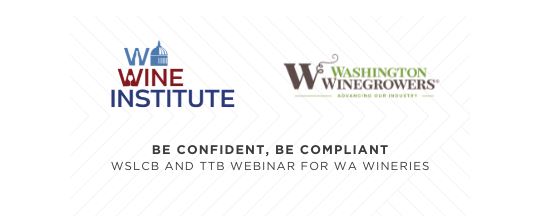COVID 19 Basic Requirements for All Workplaces
The Washington Wine Institute has partnered with the Washington State Labor and Industries (L&I) agency for 2022-2023 to provide our members, and at certain times, the whole WA wine industry with educational opportunities and consistent communications on our state’s laws and rules around wages, labor practices, workplace safety, and all the elements of running a business that is regulated by L&I.
Today, we bring you a reminder of what L&I requires of all employers related to COVID-19.
At a minimum, all employers must do the following:
- Keep workers known or suspected to have COVID-19 from working around others by following appropriate isolation guidance as outlined by the Washington State Department of Health (DOH).
- Provide hand washing facilities and supplies, and regularly clean and sanitize surfaces.
- Educate workers about COVID-19 prevention in the language they understand best.
- Provide written notice of potential COVID-19 exposure within one business day to all workers, and the employers of subcontracted workers, who were at the same work site as a person who tested positive (without disclosing the person’s identity).
- Report COVID-19 outbreaks to L&I within one business day when they involve 10 or more workers at a workplace or job site with more than 50 workers.
- Address COVID-19 notification, reporting, and prevention measures in the employer’s workplace-specific, written Accident Prevention Program or equivalent safety program.
- Allow workers to voluntarily wear masks (respirators, medical procedure masks, or cloth face coverings) and personal protective equipment (PPE) as long as it doesn’t create a safety or security issue.
Where masks are still required:
- In health care settings, including long-term care settings (home/hospice) and correctional facilities.
- The healthcare mask sign is also available in Russian, Spanish & Vietnamese.
 Member Login
Member Login

